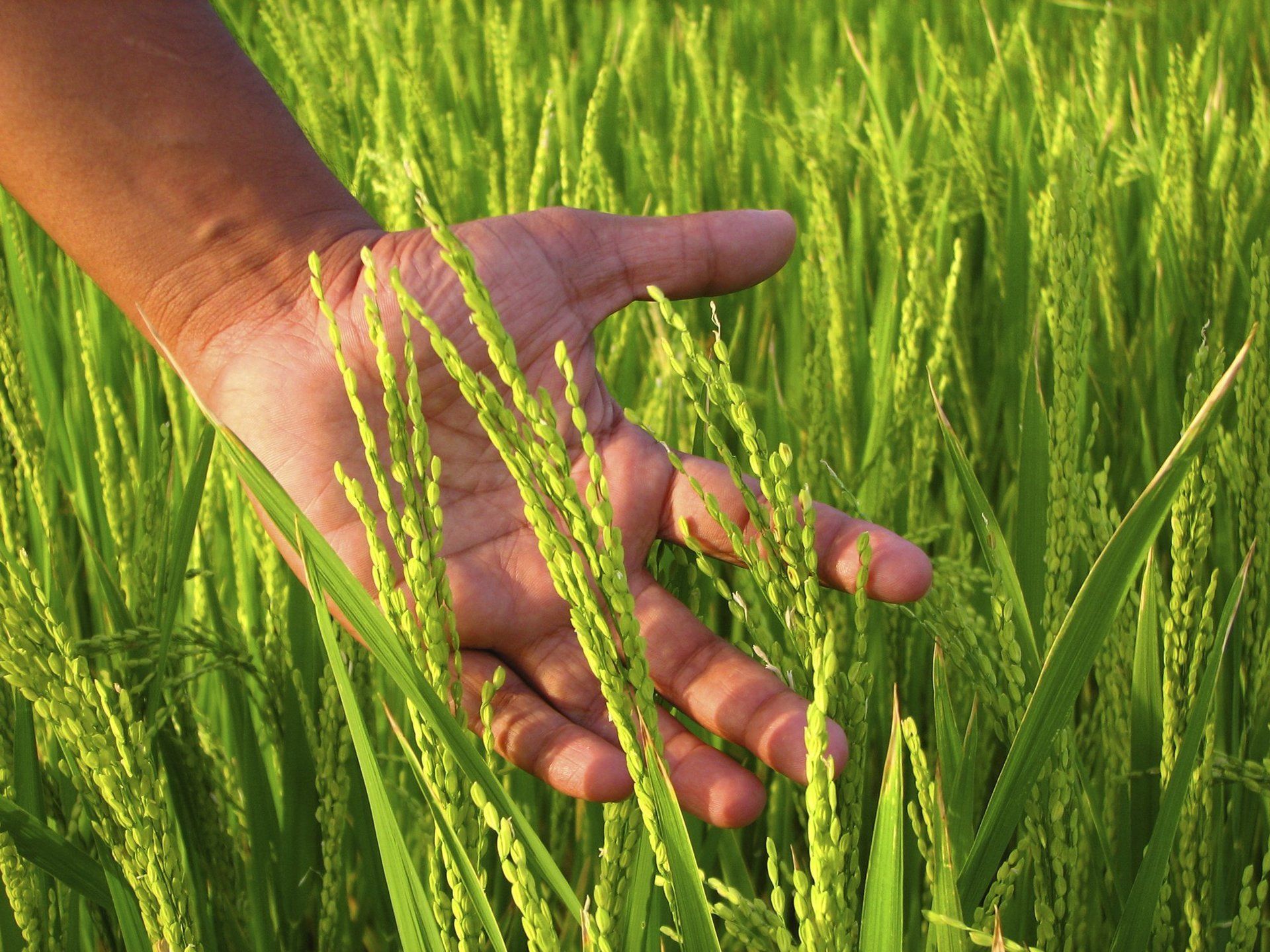Your trusted advisor on organic farming issues
About usReasons to choose us
Our qualifications at a glance
Quotes
Flexible appointments
Wide portfolio
Satisfaction
Personal
Our team of experts will satisfactorily advise you to manage your field in an ecological way.

We get a healthy soil that supports healthy plants.

DRIVES
















